Are Blankets or Sheets Better for Frost?
KerenR
12 years ago
Related Stories

FEEL-GOOD HOMESimple Pleasures: The Joy of Fresh Sheets
Make your bed a place of comfort and relaxation with good-quality linens, ample pillows and other pleasing accoutrements
Full Story
GARDENING GUIDESGot Frost-Damaged Plants? How It Happens, and When and How to Prune
Crispy brown leaves are a sure sign that Jack Frost has been to your neighborhood
Full Story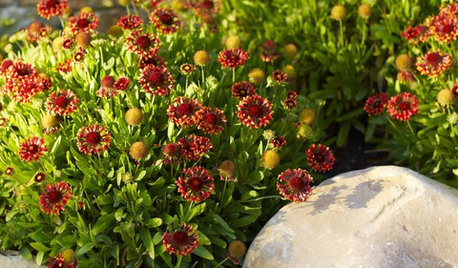
GARDENING FOR BUTTERFLIESGreat Design Plant: Blanket Flower Brings Year-Round Cheer
It's irresistible to wildlife, but this wildflower's drought tolerance, copious blooms and versatility draw human fans too
Full Story
DECORATING GUIDESThrow Blankets: How to Use These Snuggly and Stylish Stylemakers
5 fabulous throws and how to use them for instant color and warmth
Full Story
FEEL-GOOD HOMEIs Your Bedroom Designed for a Good Night’s Sleep?
Find out how the right nightstands, bedding, rugs, TV and storage can help you get more restful slumber
Full Story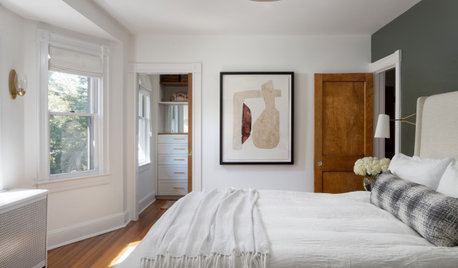
FEEL-GOOD HOME10 Ideas to Make Every Day at Home a Little Better
Consider some simple changes and fun tips for brightening your world
Full Story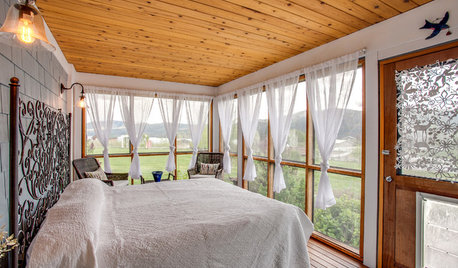
GARDENING AND LANDSCAPING11 Ways to Make Your Sleeping Porch Even Better
Turn off that air conditioner and tune in to the delights of slumbering in the nighttime breeze
Full Story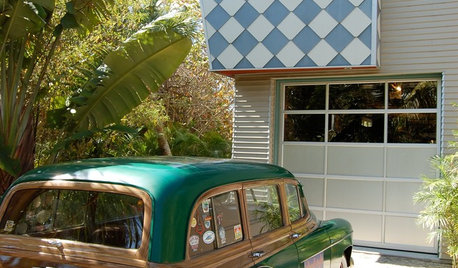
MOVINGRelocating? Here’s How to Make the Big Move Better
Moving guide, Part 1: How to organize your stuff and your life for an easier household move
Full Story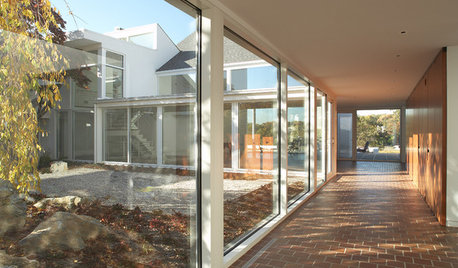
GREAT HOME PROJECTSUpdate Your Windows for Good Looks, Efficiency and a Better View
Great home project: Replace your windows for enhanced style and function. Learn the types, materials and relative costs here
Full Story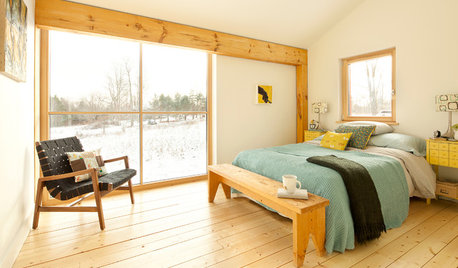
LIFE10 Feel-Better Things to Do on a Sick Day at Home
Nourish, pamper and heal yourself when a cold keeps you housebound, with these restorative ideas
Full Story






denninmi
sunnibel7 Md 7
Related Professionals
Havre de Grace Landscape Architects & Landscape Designers · Lakewood Landscape Architects & Landscape Designers · Billerica Landscape Contractors · Edmond Landscape Contractors · Brandon Landscape Contractors · Bridgeport Landscape Contractors · Chelmsford Landscape Contractors · Clearlake Landscape Contractors · Long Beach Landscape Contractors · Maywood Landscape Contractors · Ringwood Landscape Contractors · Salem Landscape Contractors · Irvington Landscape Contractors · Hueytown Landscape Contractors · Gurnee Driveway Installation & Maintenanceglib
KerenROriginal Author
keski
Edymnion
RpR_
nancyjane_gardener
wertach zone 7-B SC
tracydr
wertach zone 7-B SC
RpR_
zzackey
RpR_
midlin